How to stay flexible when designing your workspace
03/11/16< Back to news index
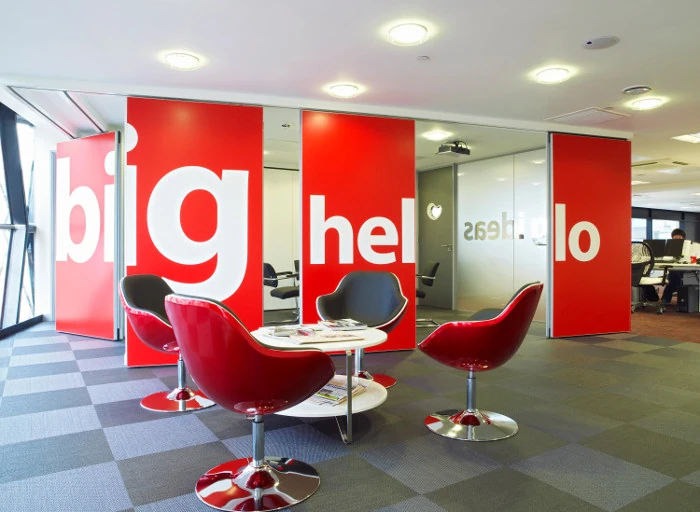
With so much uncertainty businesses are finding it hard to plan ahead. People often ask me what they should do if they don't know what to do. New free-standing furniture solutions and modular office pods can make planning your workspace less of a headache by enabling the office landscape to be rearranged, or installations to be moved from one office to another or dissembled and stored.
Don't tie people to a desk
Work patterns have changed and staff no longer need or want to be tied to a desk. With the future moving towards Activity Based Working (ABW), companies can benefit from having a choice of settings that enable staff to work from a phone, tablet or laptop - or maybe to have that impromptu chat without occupying an expensive meeting room.
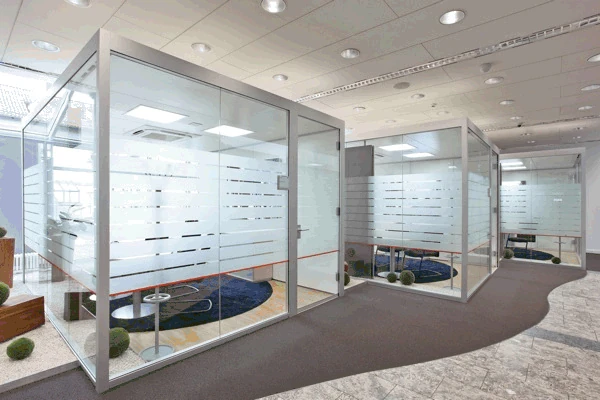
Use modular pods instead of building fixed walls
Suppliers are creating standalone meeting pods, essentially a room within a room where panels are erected to create a fully equipped pod with walls, a ceiling, ventilation, lighting, power and even audio-visual equipment. The rooms are built out of prefabricated components that can be disassembled and relocated. Modular pods are designed to be demountable so you can move them quickly and inexpensively to meet operational change, or take them with you when you move office.
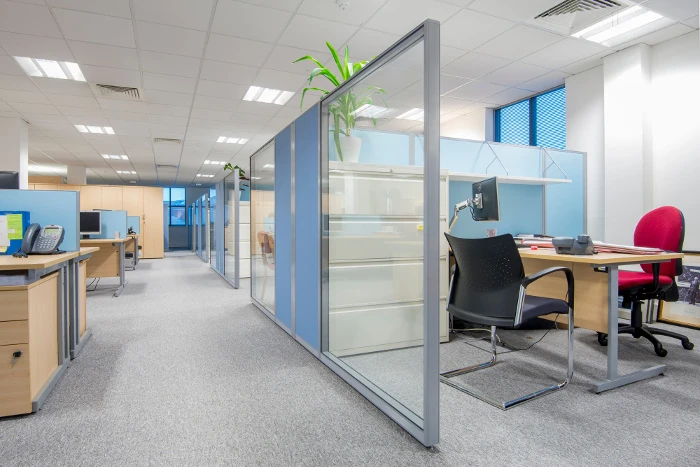
Save money for a rainy day by considering alternatives
Building something that's fixed will cost more and incur removal and reinstatement costs if you need to move offices. For the law firm RHW Solicitors, we compared the cost of constructing individual offices to the cost of partitioning them off with high performance acoustic separation screens and the saving was around 40 percent. With some of that saving we also installed an electronic sound masking system to further improve the acoustic privacy.
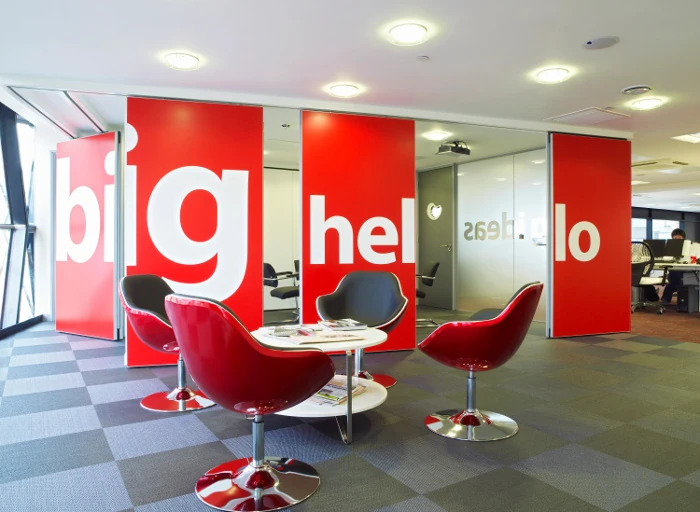
Create a multi-functional space
For PR company called Big Mouth Media, we used demountable folding walls that allow the space to be opened up for an event or divided back into smaller meeting rooms.
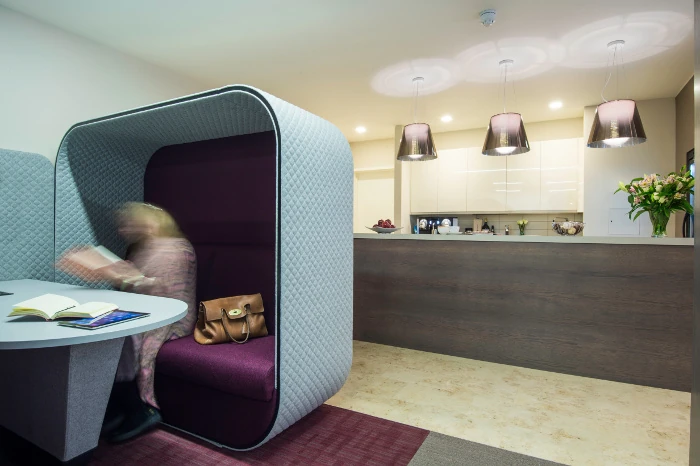
Another solution is to use specialist furniture. You can create meeting settings using high backed sofas that provide privacy, cocoon chairs that shield you from background noise, or you could have a high table collaboration point station. Most furniture is completely mobile and can be relocated quickly.
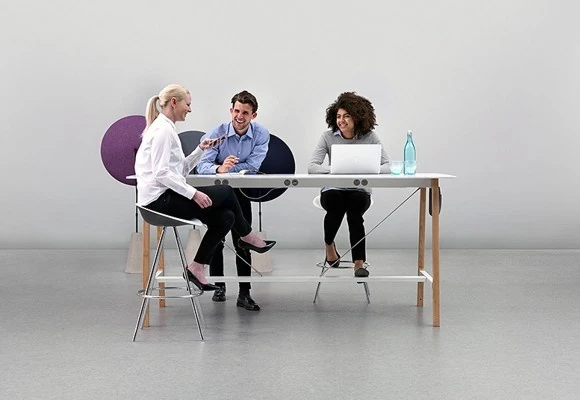
Choose to be flexible
Flexible workspace solutions allow the office landscape to be adapted to suit your requirements, but they offer so much more. Being tied to a single workstation often means you only interact with those around you. Research shows that having more face-to-face interactions can increase sales or new-product launches. Companies such as Facebook and Samsung have redesigned their offices specifically to increase 'people collisions'. A flexible approach can increase social interactions and the sharing of knowledge, expertise and ideas that goes with it. Anything that enables people to work more easily, in greater comfort, quicker and at lower cost should be a no brainer but there will always be those who prefer a more traditional office environment.